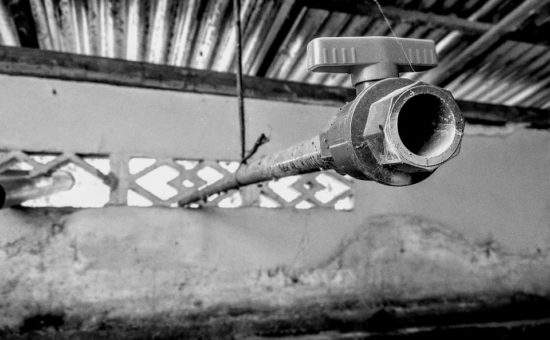From disinfection to pathogenicity: Occurrence, resistome risks and assembly mechanism of biocide and metal resistance genes in hospital wastewaters
Hospital wastewaters are crucial reservoirs for the accumulation and propagation of resistance genes. Metagenomic assembly was used to investigate host pathogenicity and transferability profiles of BMRGs in a typical HWWs system. Genes conferring resistance to Ethidium Bromide, Benzylkonium Chloride, and Cetylpyridinium Chloride dominated biocide resistance genes (BRGs), while Cu resistance gene was the largest metal resistance gene (MRGs). Network analysis revealed intense interactions between BMRGs and virulence factors, with Pseudomonadota emerging as the primary carrier. Bacterial communities contributed more than MGEs in shaping the resistome.
AMR NEWS
Your Biweekly Source for Global AMR Insights!
Stay informed with the essential newsletter that brings together all the latest One Health news on antimicrobial resistance. Delivered straight to your inbox every two weeks, AMR NEWS provides a curated selection of international insights, key publications, and the latest updates in the fight against AMR.
Don’t miss out on staying ahead in the global AMR movement—subscribe now!







